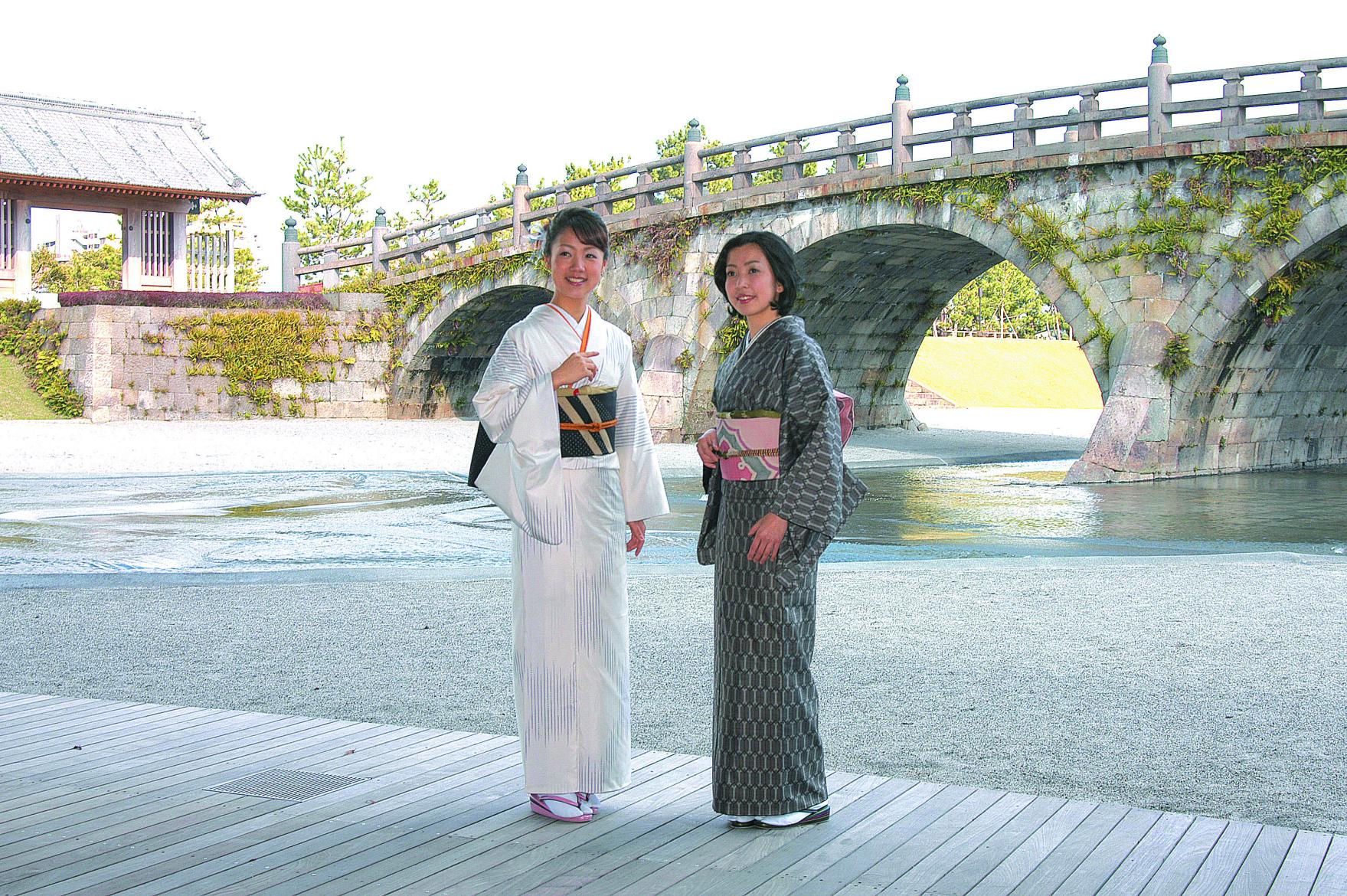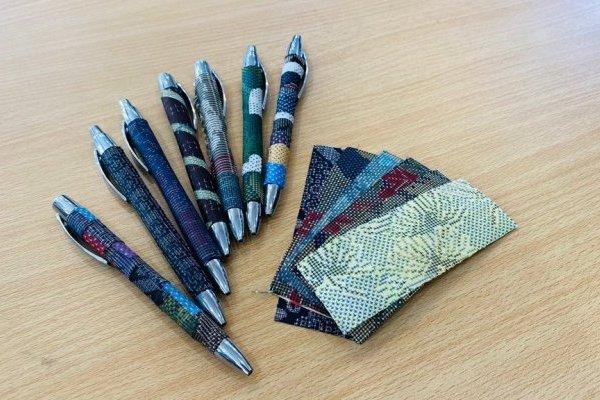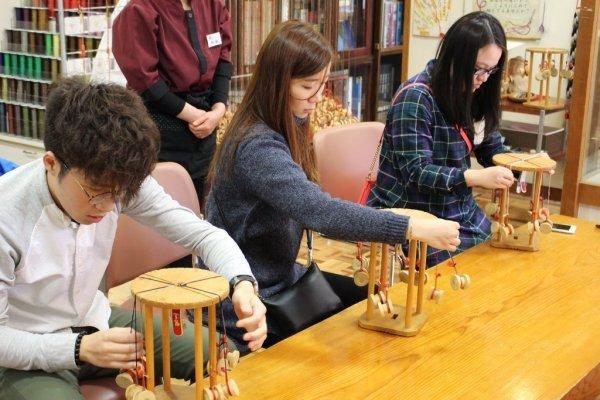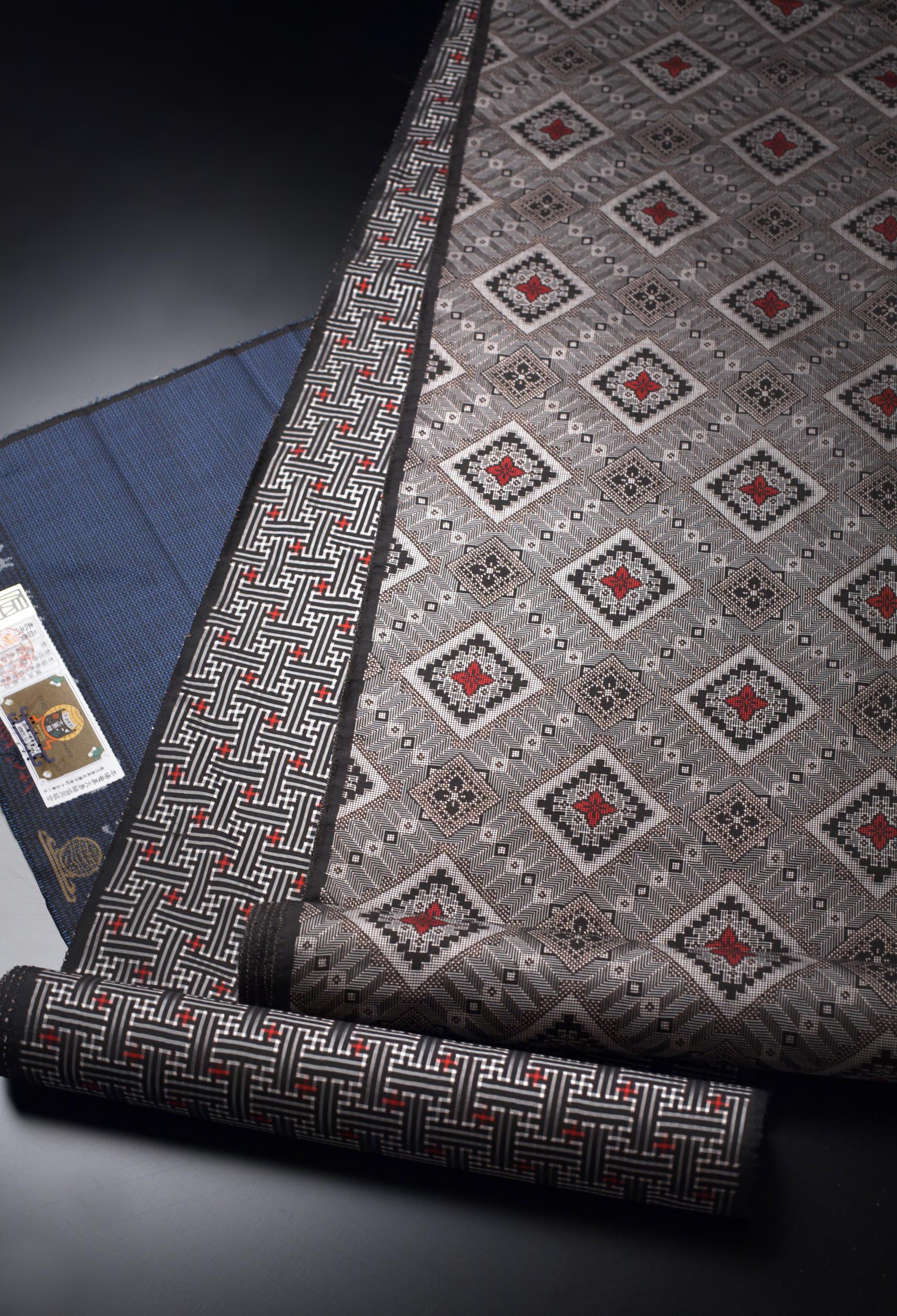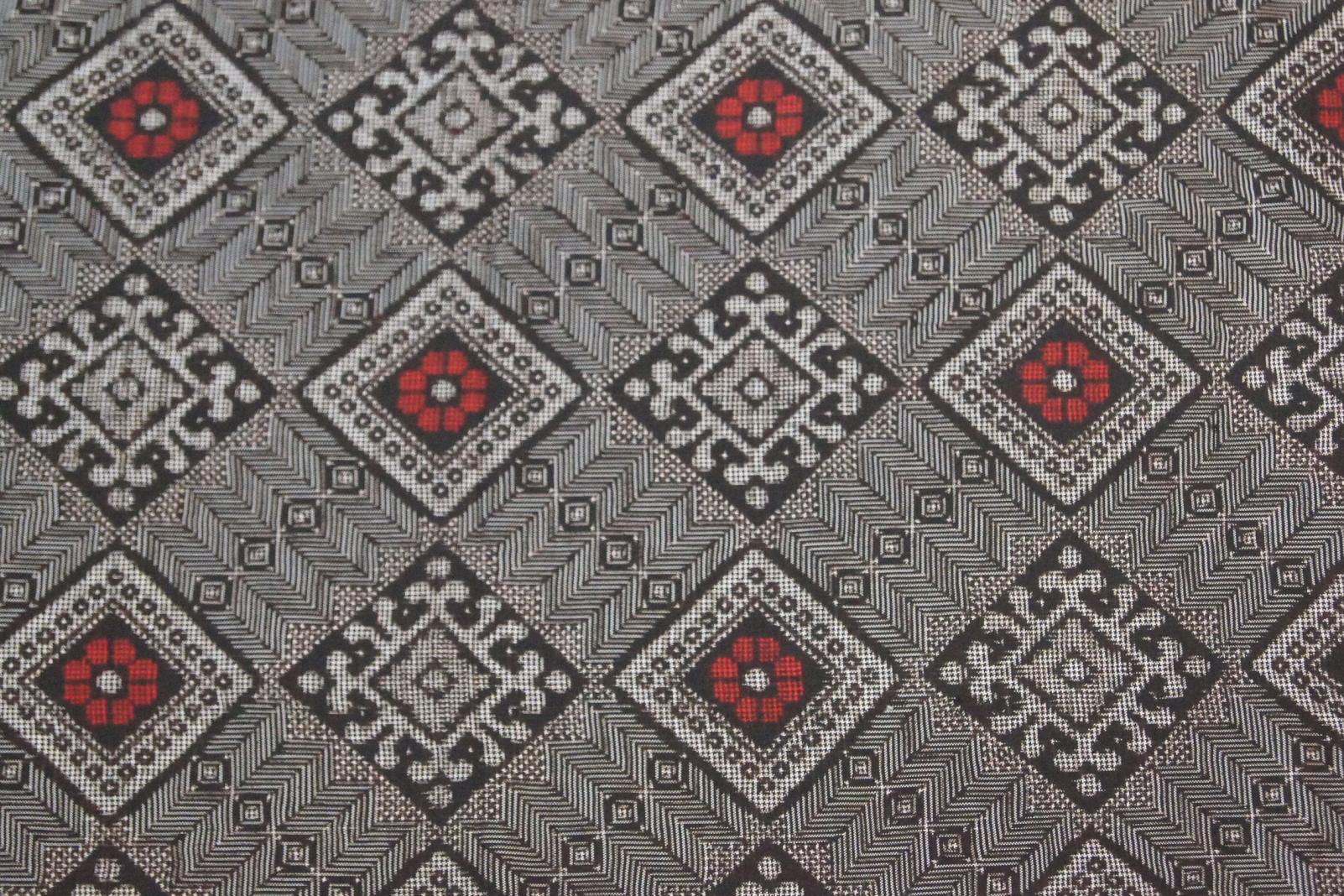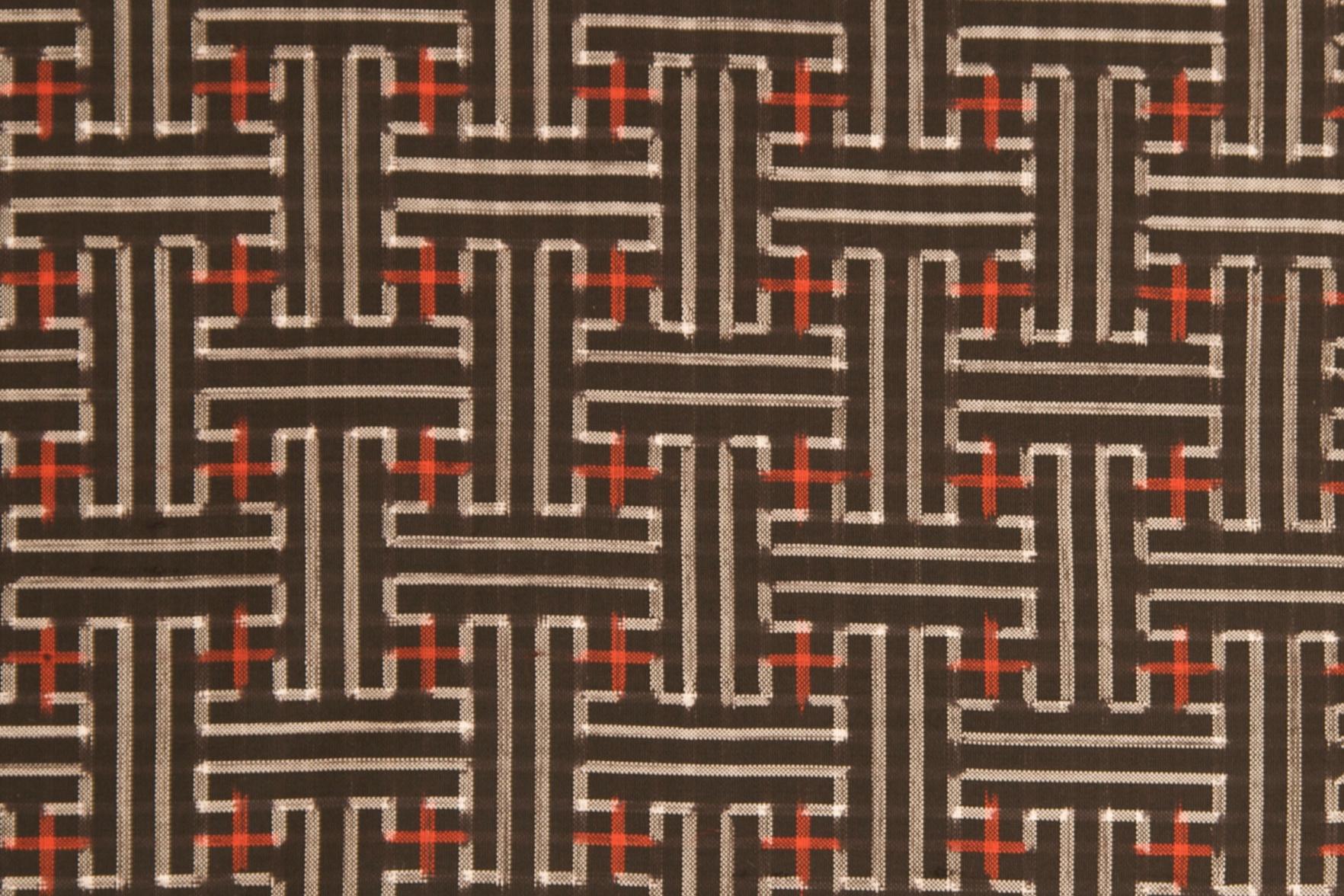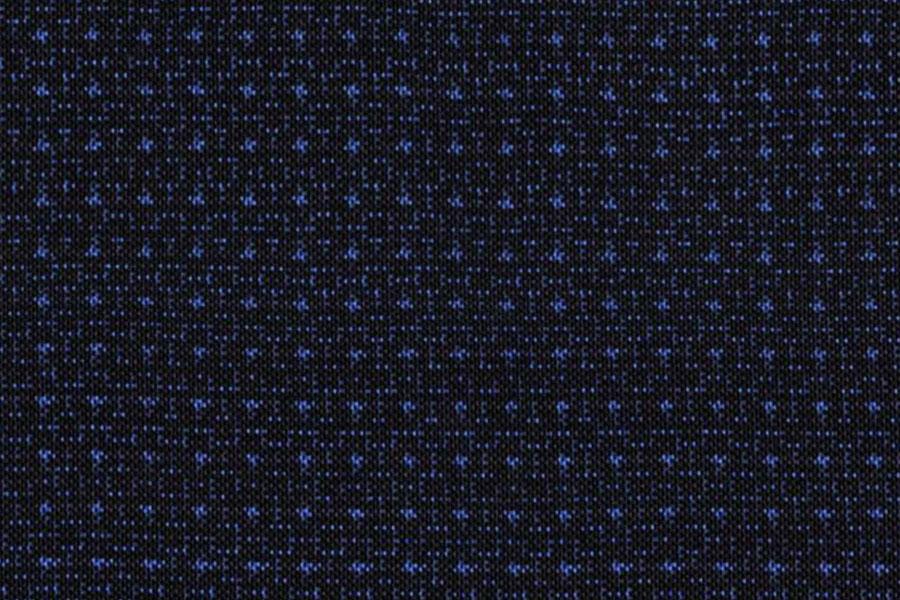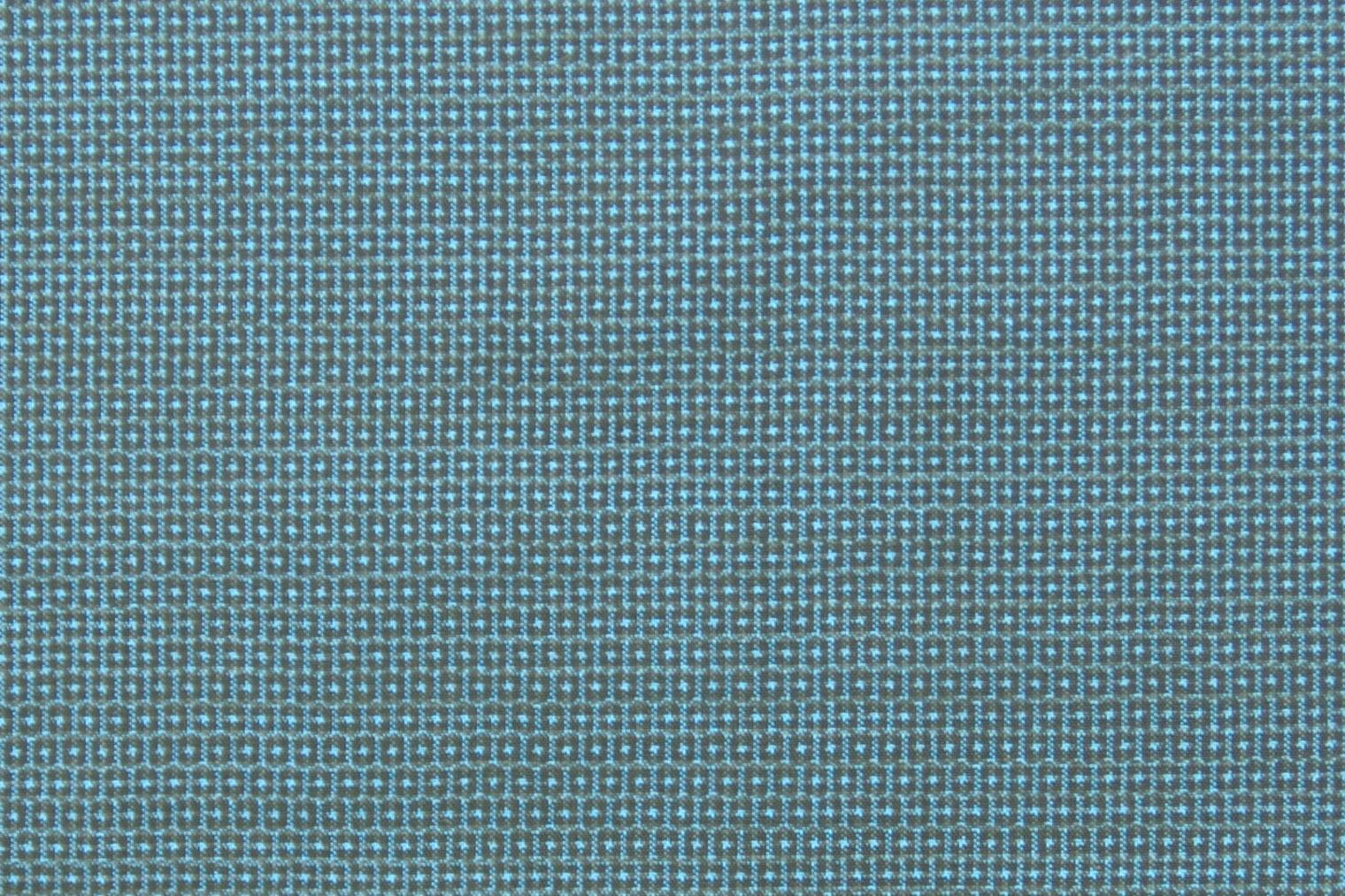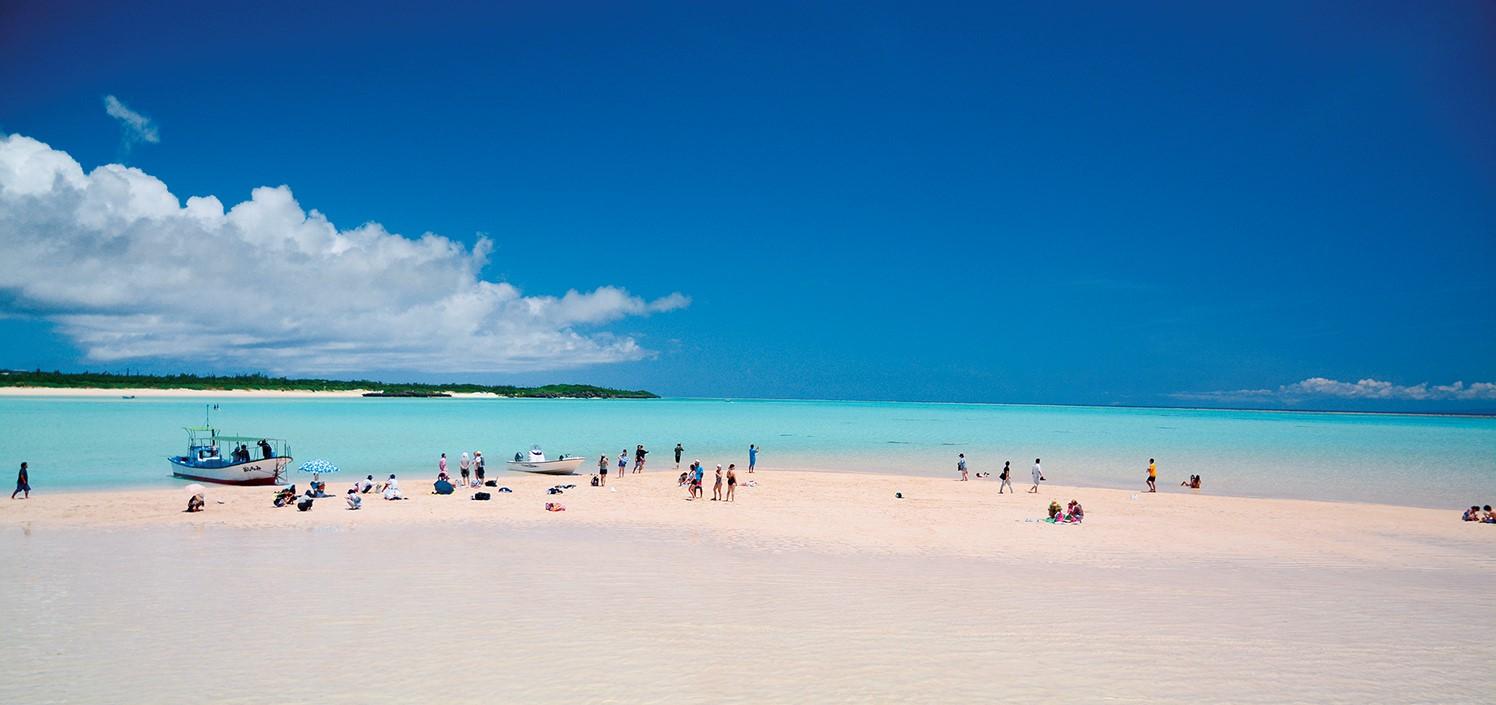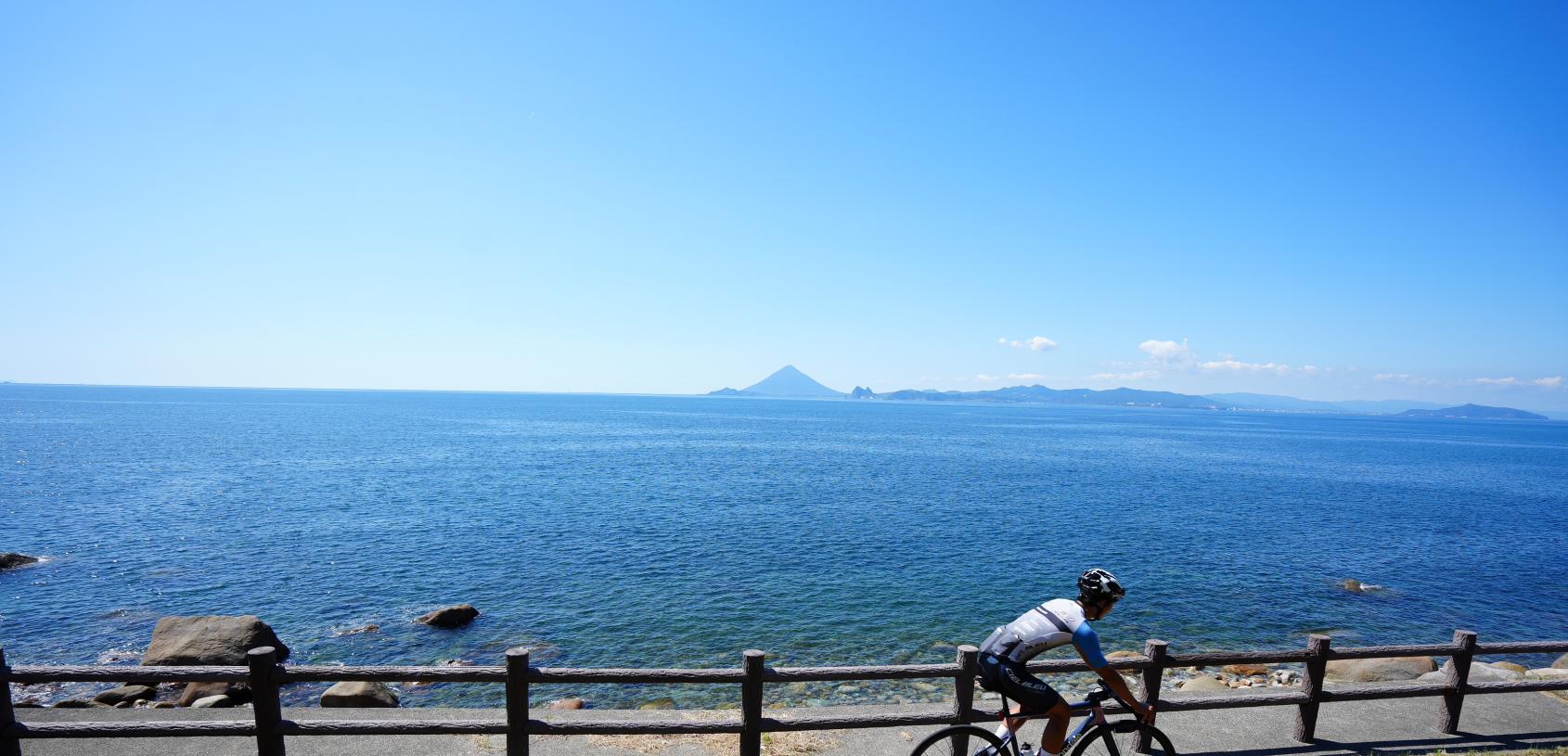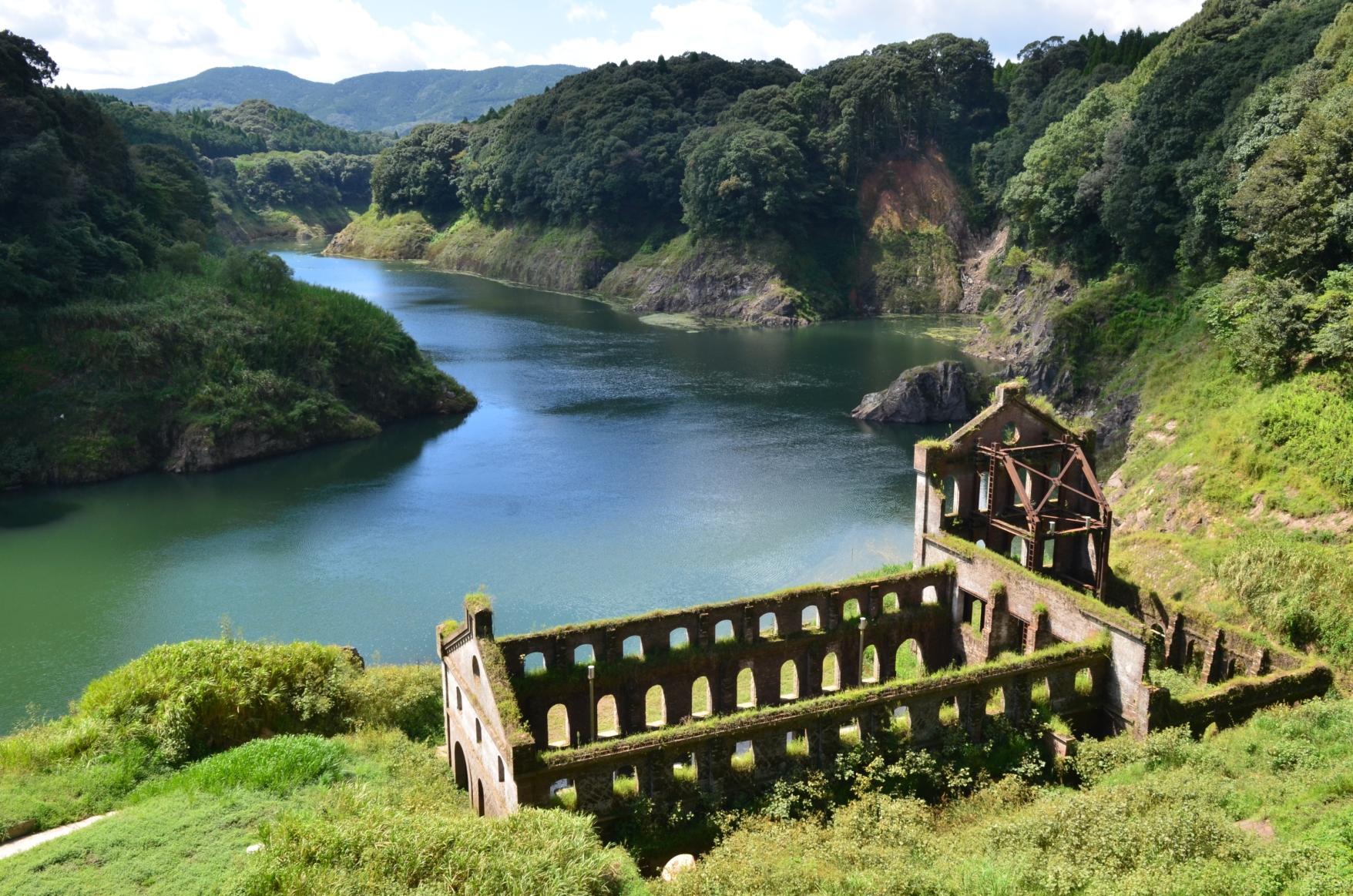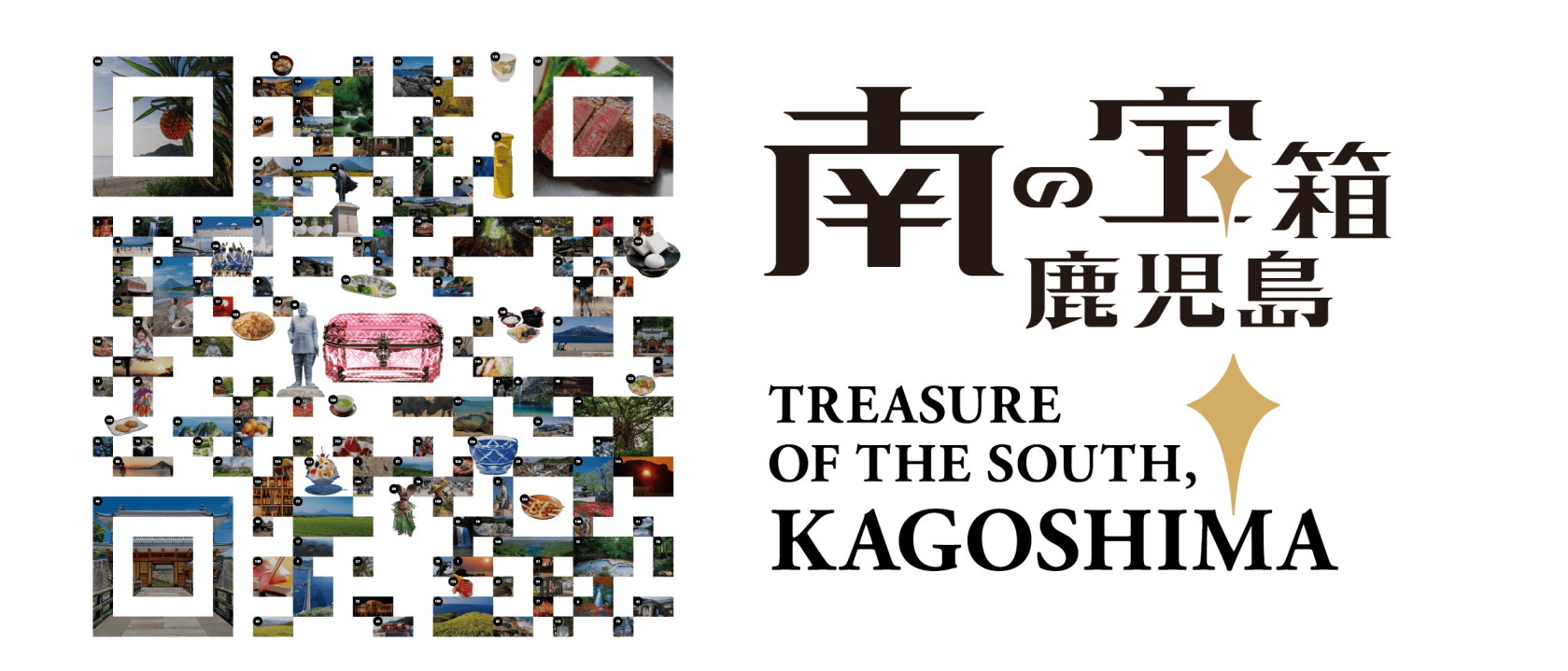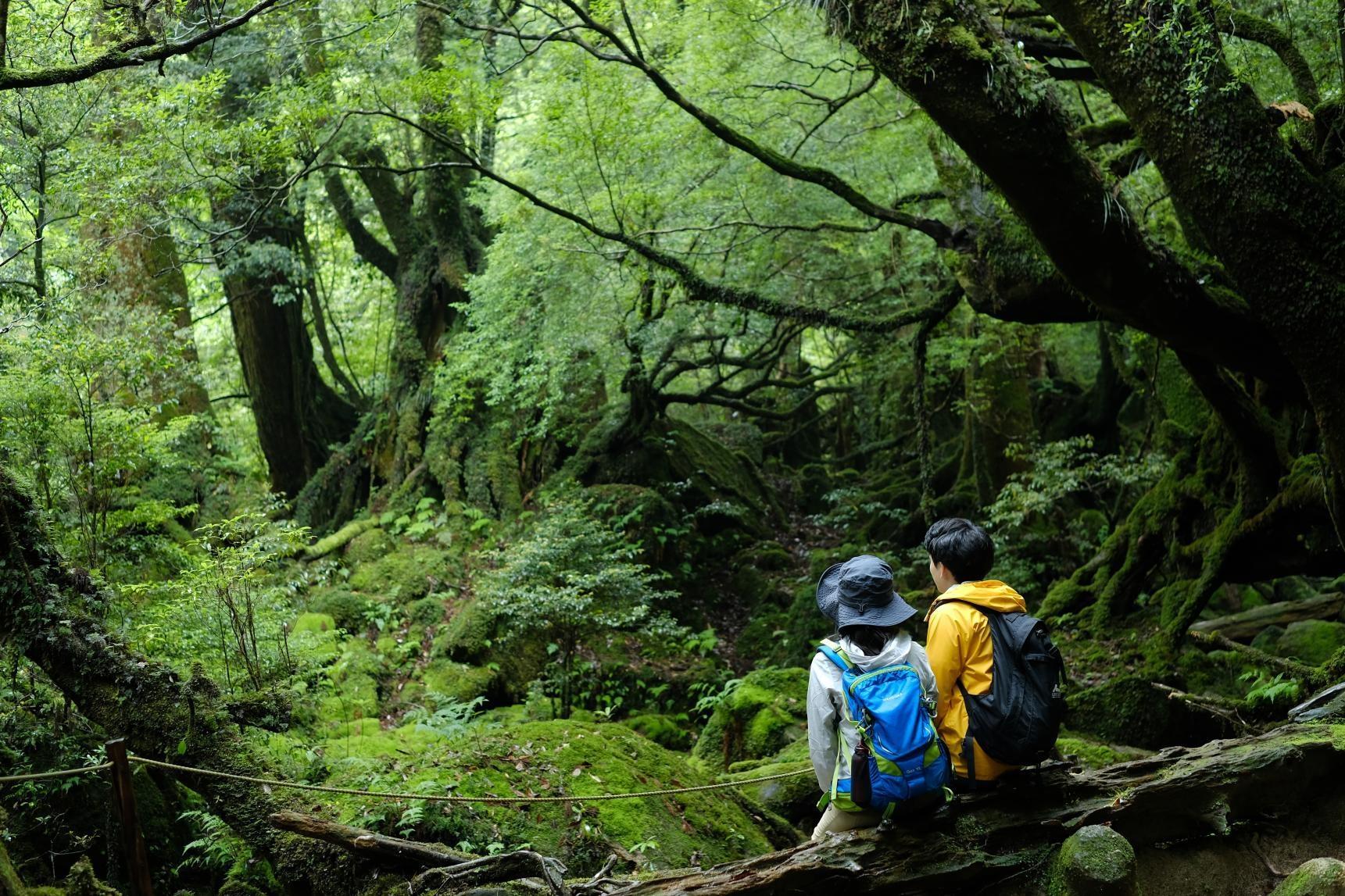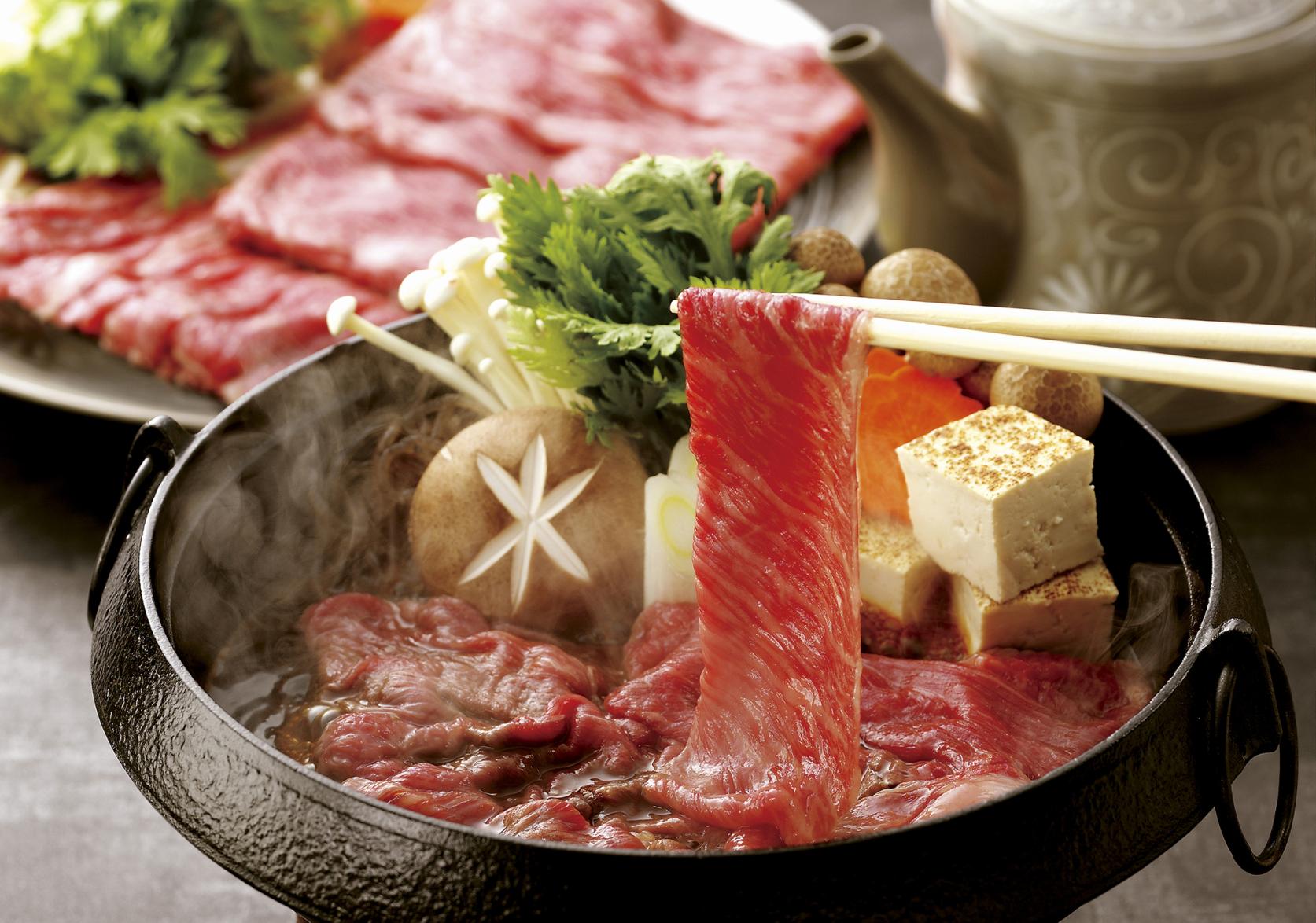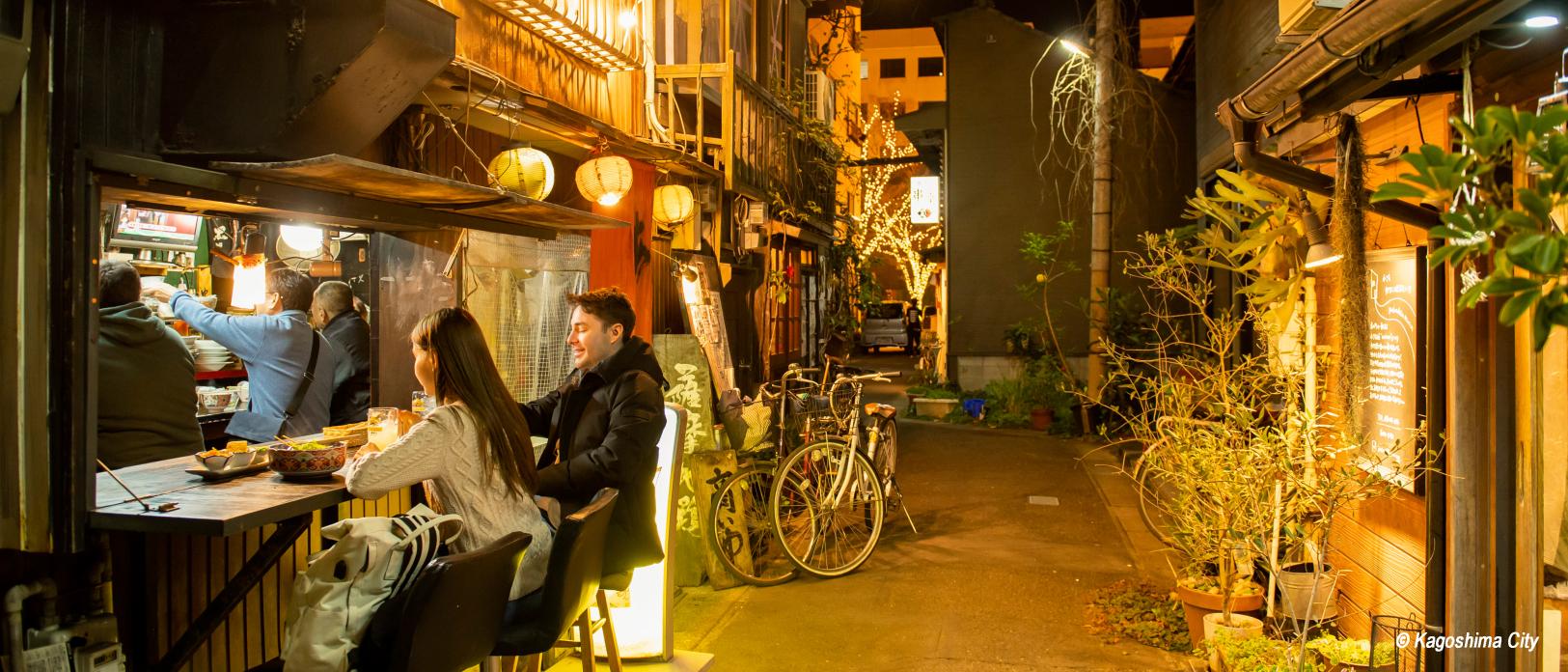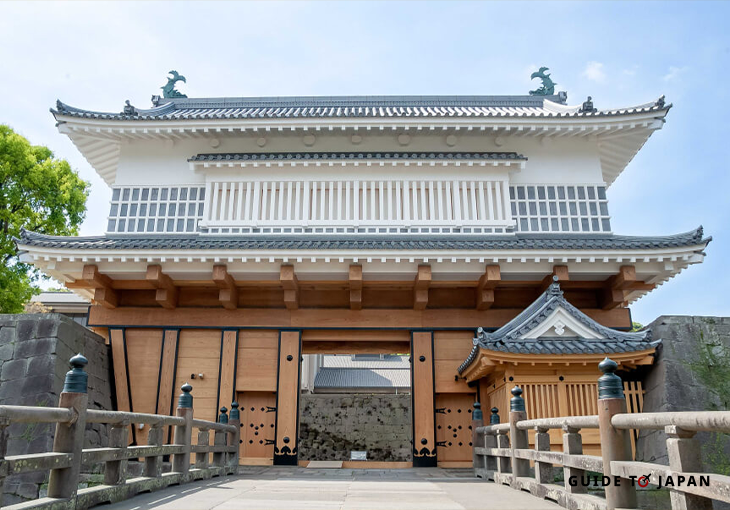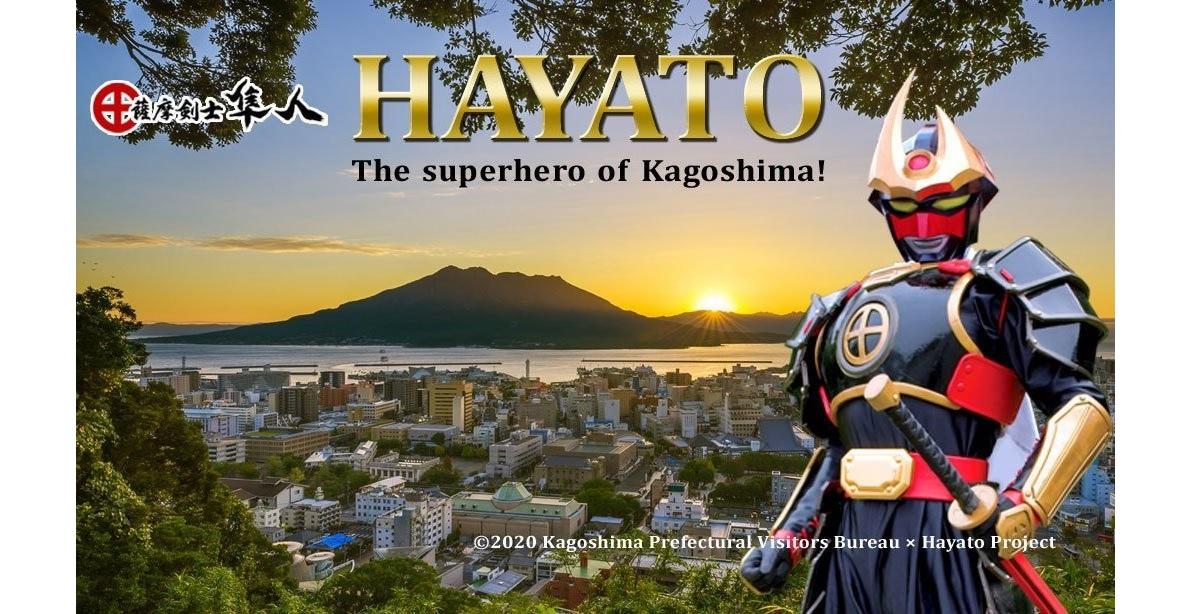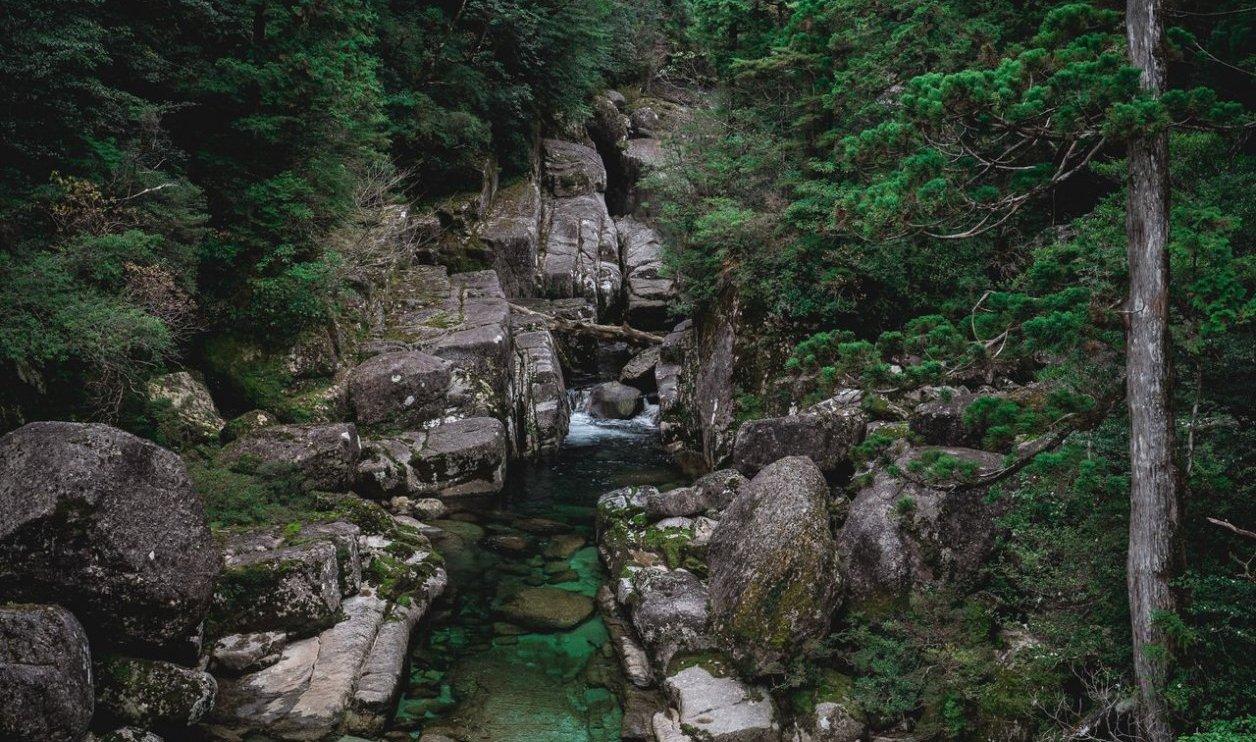History
Origins
The origin of Oshima Tsumugi silk pongee is not certain, but silk fabric has been made in Amami Oshima, a suitable place for sericulture, since ancient times.
While the dyeing process used on Amami Oshima was the same as that of the Japanese main islands, the native teichigi trees and other vegetation used for dyeing are said to be the roots of modern Authentic Amami Oshima Tsumugi Silk Pongee’s mud and teichigi tree dyeing techniques.
Prior to the Meiji Era (before 1868)
Early Oshima Tsumugi silk pongee was woven from threads spun by hand on an izaribata. This pongee was for personal use: Amami Islanders wore it until a prohibition on wearing of Oshima Tsumugi silk pongee was issued by the Satsuma clan in 1720. Thereafter, Oshima Tsumugi silk pongee was produced to be given as tribute to the Satsuma clan.
The Meiji era (1868-1912)
From about 1870, Oshima Tsumugi silk pongee was sold on the open market and become an extremely popular commodity.
The unique Amami Oshima method of mud-dyeing was established at this time.
1895 Glossed thread was introduced as a raw material.
1897 Looms were used to weave Oshima Tsumugi silk pongee, increasing weaving efficiency.
1901 Kagoshima Prefectural Oshima Tsumugi Silk Pongee Union was founded (and was the predecessor of the Authentic Amami Oshima Tsumugi Silk Pongee Cooperative). Product inspections were carried out to improve quality and reliability.
1902 The binding machine is developed, which made it possible to create detailed and intricate Oshima Tsumugi silk pongee patterns.
The Taisho Era and Beyond
1921 Almost all Oshima Tsumugi silk pongee was made from pure silk thread.
1958 Anti-dyeing and methods to rub colors into threads were developed.
1975 Authentic Amami Oshima Tsumugi Silk Pongee is designated a National Traditional Craft of Japan.
A diverse array of Oshima Tsumugi Silk Pongee has been developed through the years by preserving tradition, while artisans continue to improve techniques and stretch the bounds of the craft today.
What is Authentic Amami Oshima Tsumugi Silk Pongee?
The traditional craft Authentic Amami Oshima Tsumugi Silk Pongee is defined as pongee produced by a member of the Oshima Tsumugi Silk Pongee Cooperative in the Amami archipelago. The product must also consist of 100% silk, dyed-in threads woven by hand in splashed patterns.
Authentic Amami Oshima Tsumugi Silk Pongee by Pattern and Dye
There are a great variety of Authentic Amami Oshima Tsumugi Silk Pongee patterns ranging from the traditional to the novel.
Traditional Patterns
By Background Dye
-
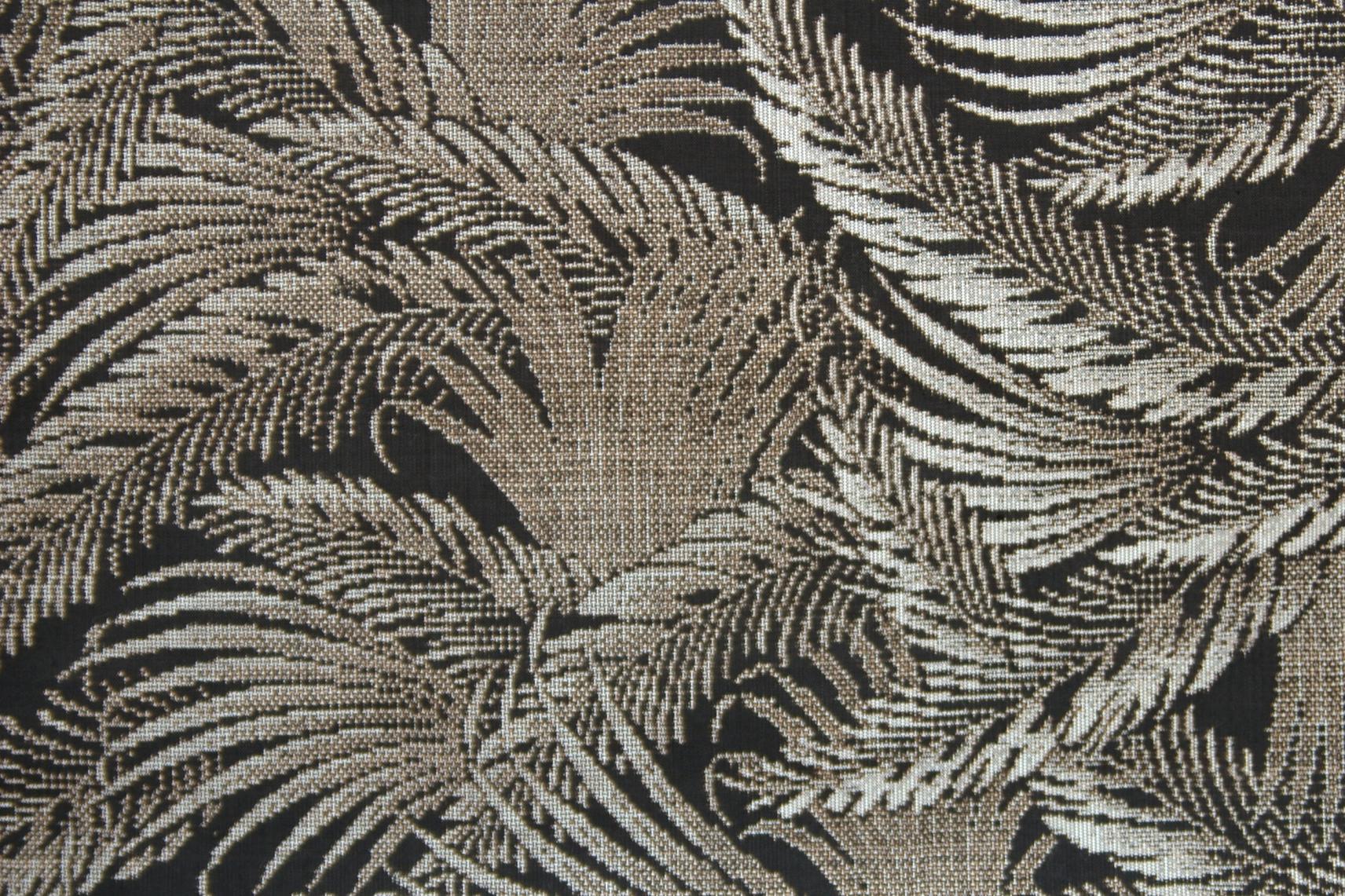
Doro Oshima
Dyed using mud and bark from the native teichigi tree.
-
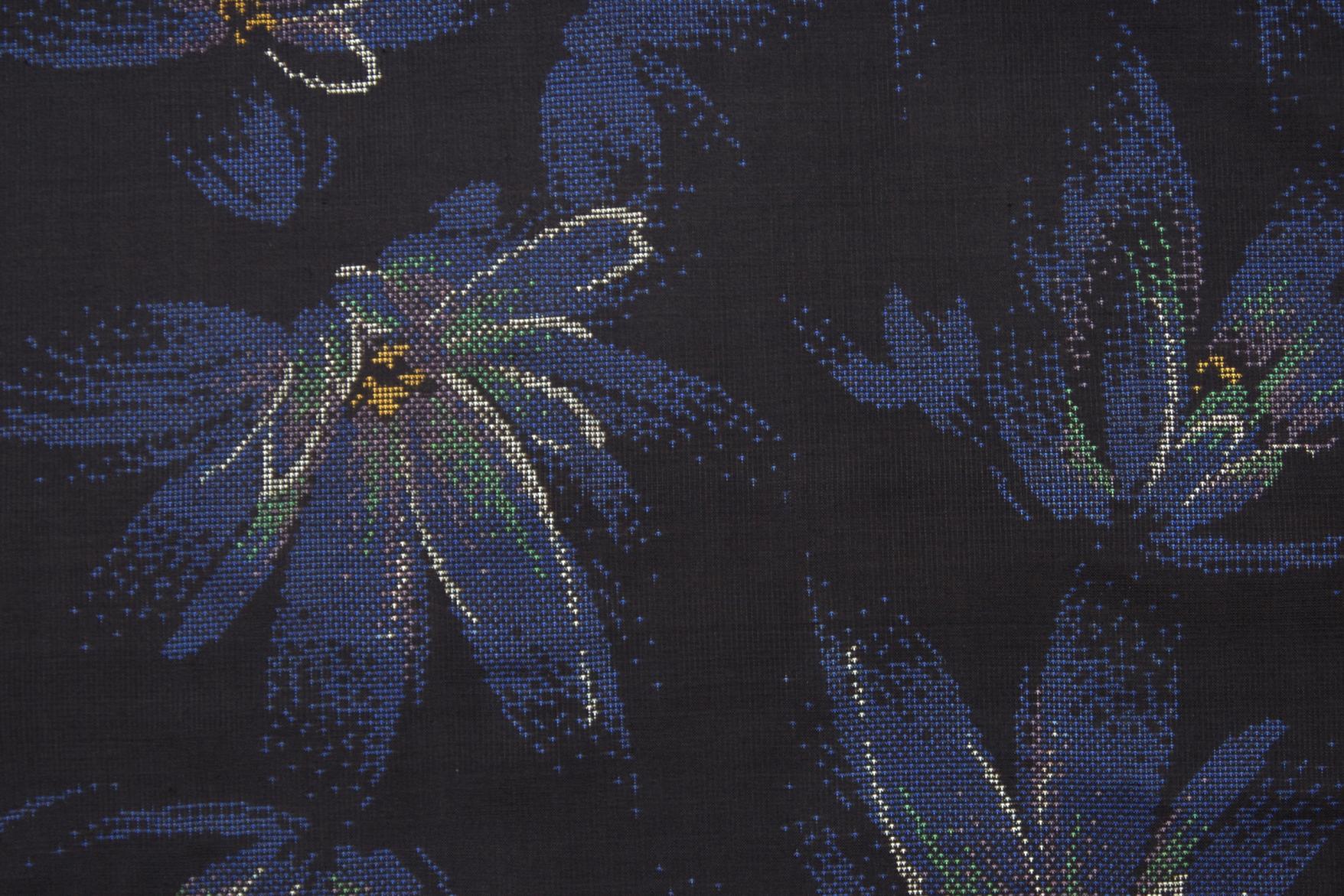
Doroai Oshima
Made from threads dyed first in indigo, then alternately in mud and the liquid from boiled bark of the native teichigi tree.
-
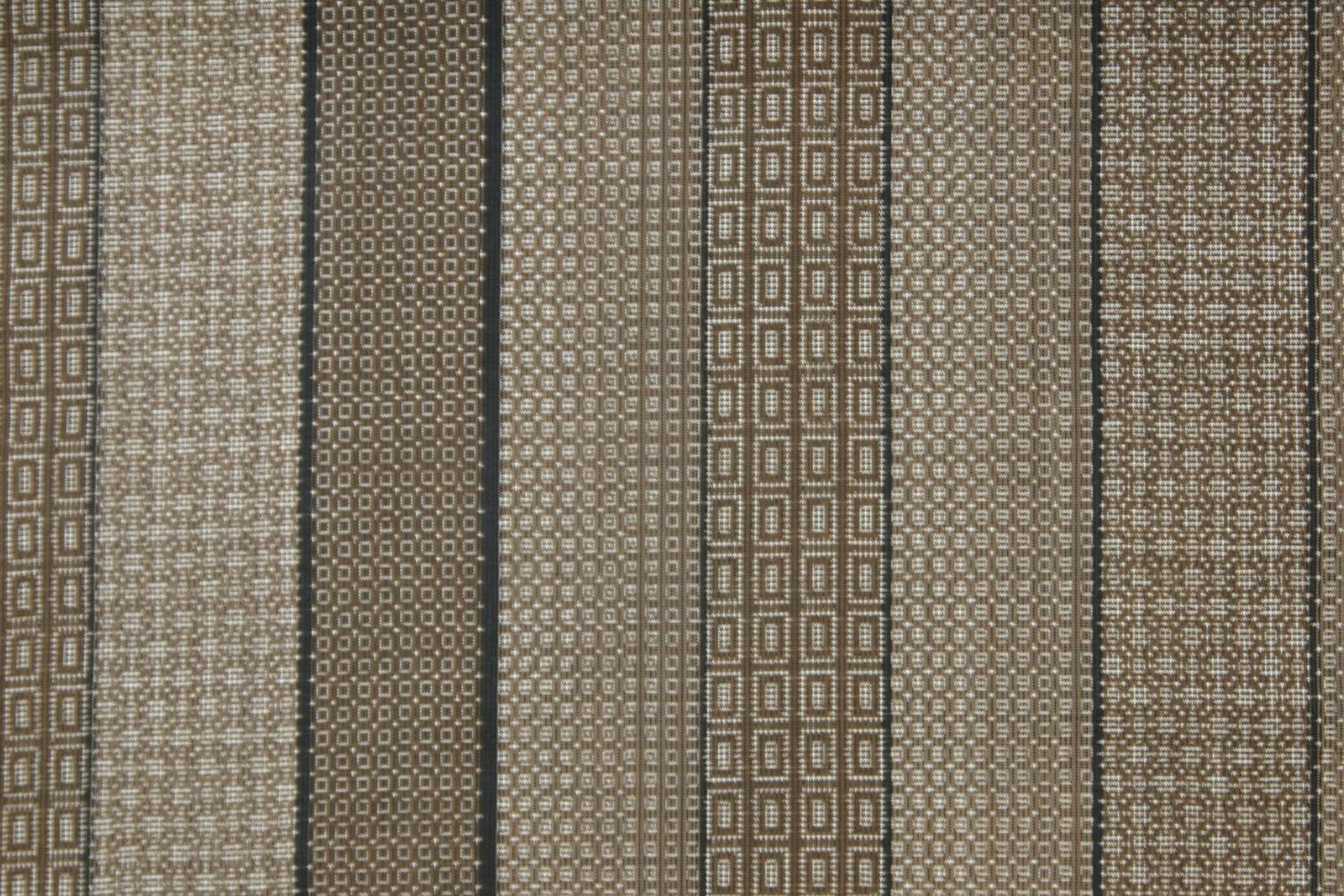
Kusaki Dorozome Oshima
Dyed with mud and plants other than the teichigi tree.
-
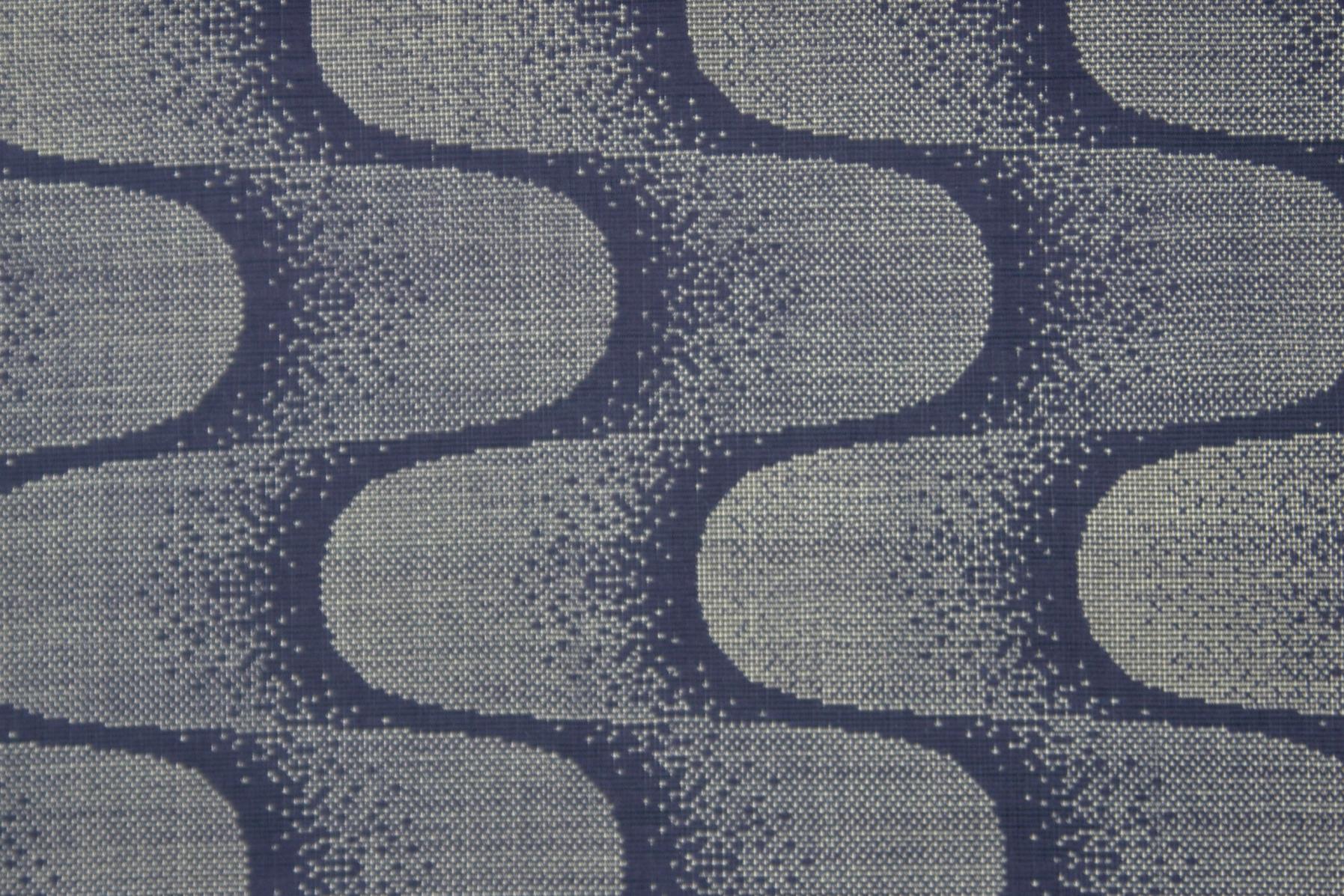
Iro Oshima
Dyed with chemical dyes.
-
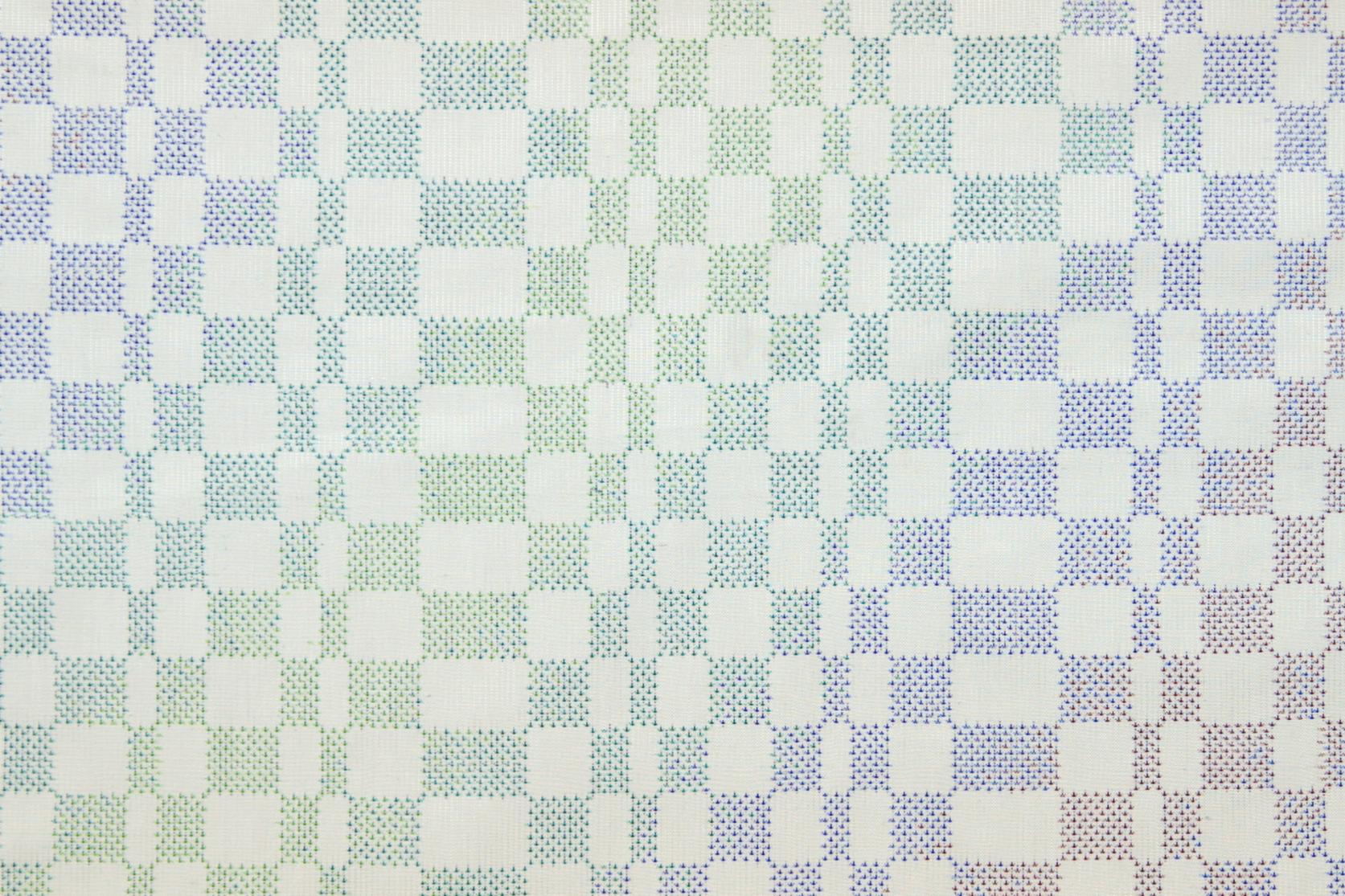
Shiro Oshima
No dyes are used, fabric remains a natural white.
The Creation Process of Authentic Amami Oshima Tsumugi Silk Pongee
Authentic Amami Oshima Tsumugi Silk Pongee is created only after a breathtaking number of processes that take numerous skilled craftsmen and craftswomen anywhere from 6 months to 1 year to complete.
Most popular
-

Steam Sand Baths
-
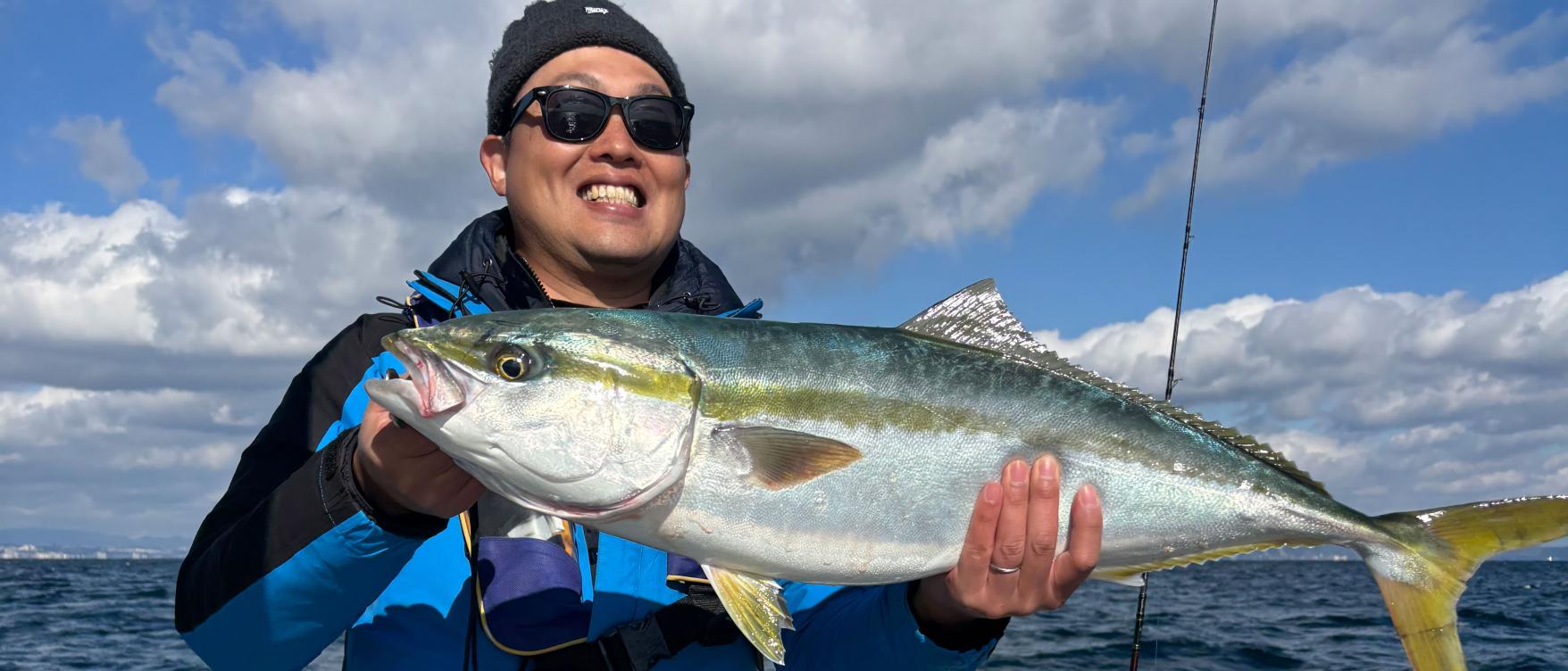
Enjoy a great fishing experience in Kagoshima's Kinko Bay!
-
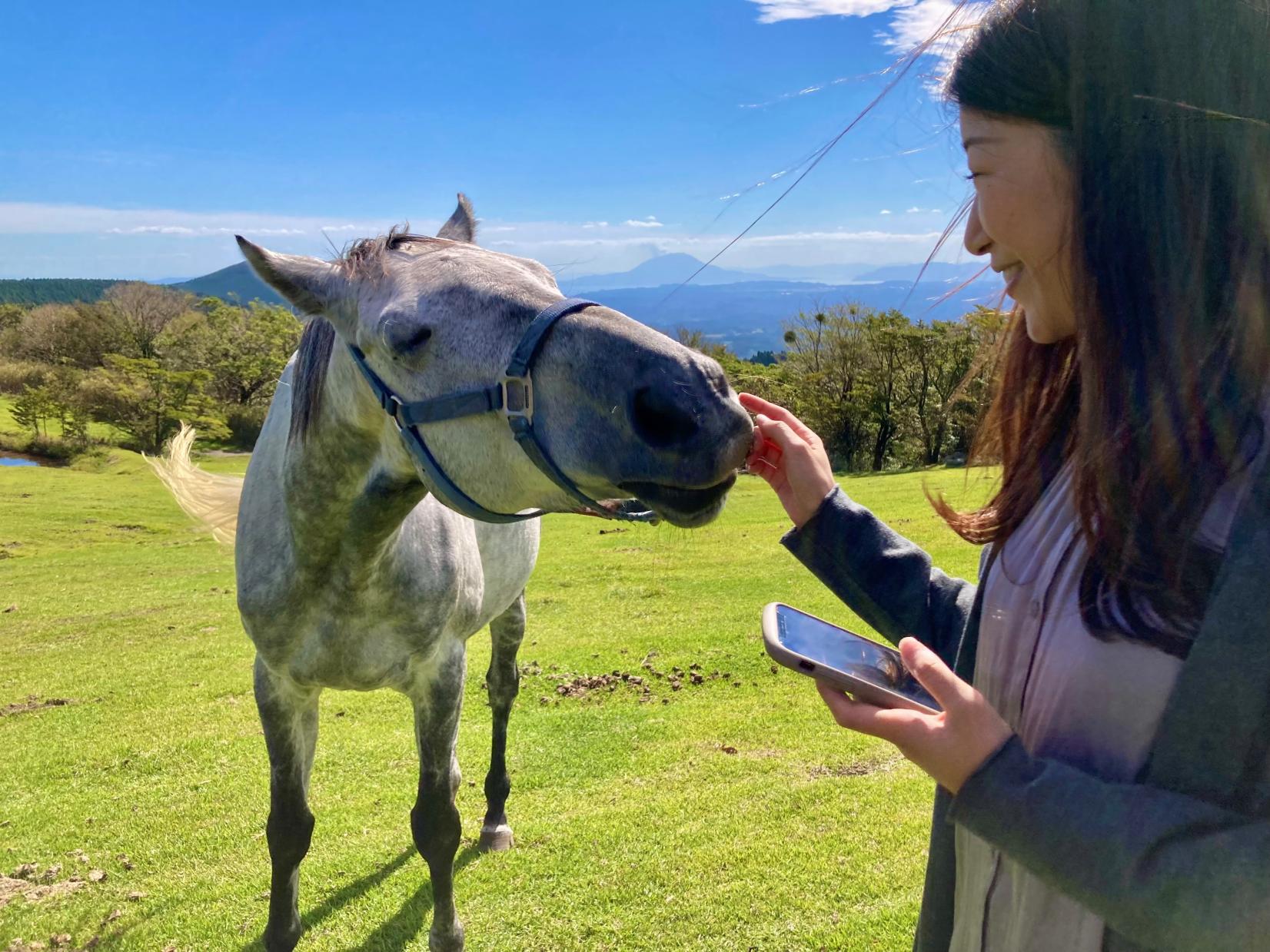
Re-Wild Kagoshima: The ultimate healing experience of interacting with the “Happy Horses”
-

Now is the time for a bike trip! Cycle beautiful Kagoshima
-
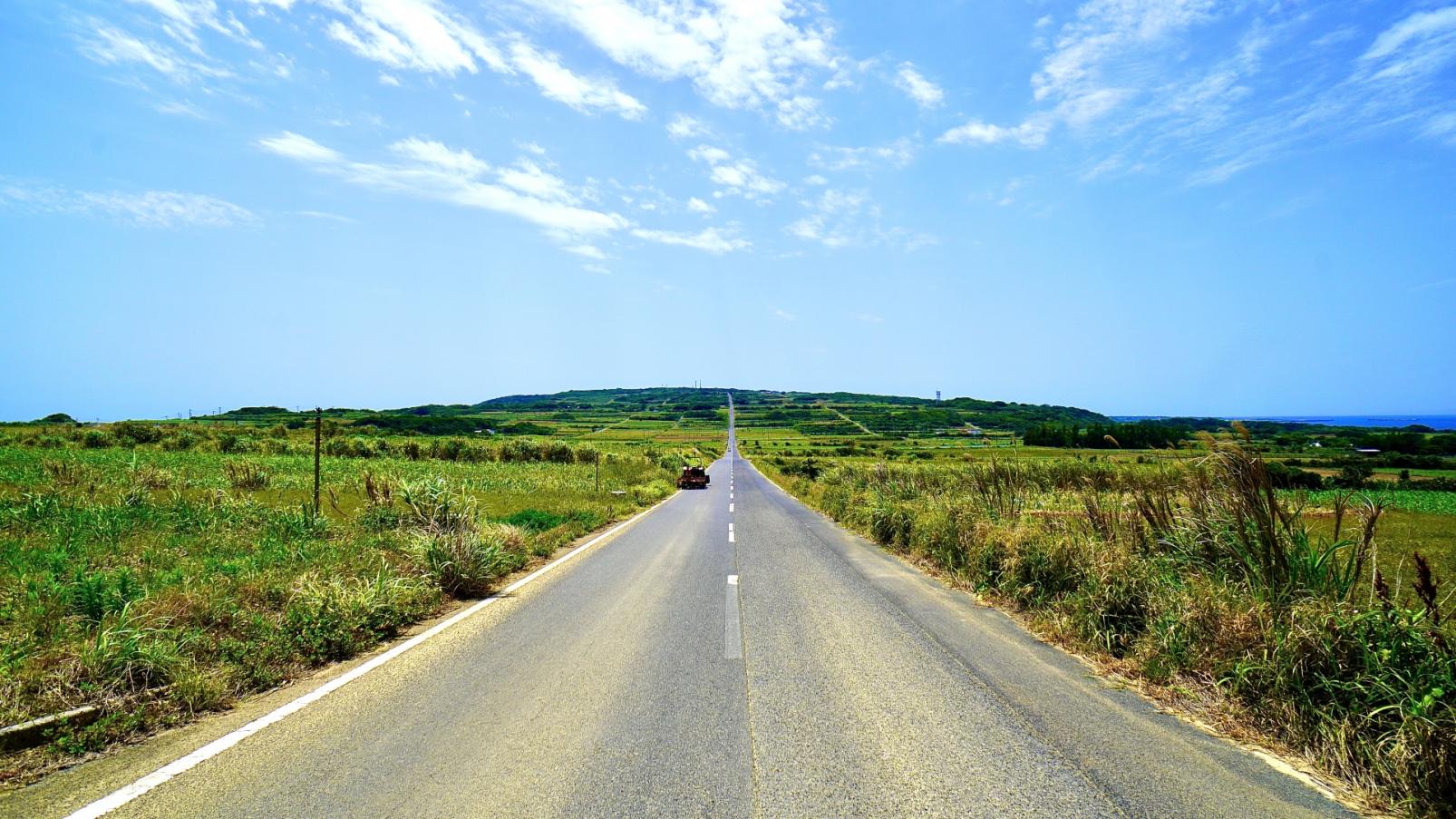
Kikaijima Course, an island where mysterious giant banyan trees and butterflies dance



